Rules Questions
Here are some answers to last sessions Star Trek Adventures rules questions.
- Question: Does momentum go away at the end of a scene?
Answer: “At the end of each scene, one point of Momentum in the pool is lost” (p. 84). - Question: How many questions does Momentum grant you?
Answer: A successful roll achieves some result. For each point of Momentum a player spends, then can receive 1 additional answers. - Question: How does “retain the initiative” work?
Answer: “After a character has completed their Turn — attempted a single Task and any Minor Actions they wish to perform — the Player hands the action to the opposing side (typically, but not always, Gamemaster-controlled NPCs), who will choose a single character to act next. Alternatively, the Player may spend 2 Momentum (Immediate) to keep the initiative, handing the action to another Player Character instead. Once a Player has opted to keep the initiative, nobody on that side may keep the initiative again until the opposition have taken at least one Turn of their own. In any case, no character may take more than one Turn in a Round.Once all characters on one side have taken a Turn, then any remaining characters on the other side take their Turns in any order they choose, one at a time, until all characters on both sides have taken one Turn. Once all characters on both sides have taken a Turn, then the action goes to a character on whichever side did not take the last Turn, and the whole process begins again for the next Round.” p. 163 - Question: How does Advantage and Complications work and what mechanically it means to create a problem (Quickstart rules are unclear on this).
Answer: See pp. 76-77. Traits (with Complications and Advantages) are similar to Aspects in Fate RPG. Complication increases Difficulty of related tasks by 1. - What type of ‘Ice pick’ does the Andorian have?
Answered: It’s a climbers ice pick.
Phases Roll-out of Rules
Star Trek Adventures core rules book is over 300 pages, so its amazing, but a lot to digest. Here’s my approach for learning and rolling out the rules.
Phase I (Now through most of Season 1)
Using 32 pages of rules from the main book (pp. 73-88 Core Rules, and pp. 163-180 Conflicts), which covers roughly the same rules introduced in the Quickstart.
Phase II (End of Season 1, or Season 2)
Add 26 additional pages of rules (pp. 89-91 Advanced Rules (Challenges & Extended Tasks), and pp. 210-233 Starship Rules).
Phase III (At Kickoff of Season 2)
Character creation and the rest of the rules.
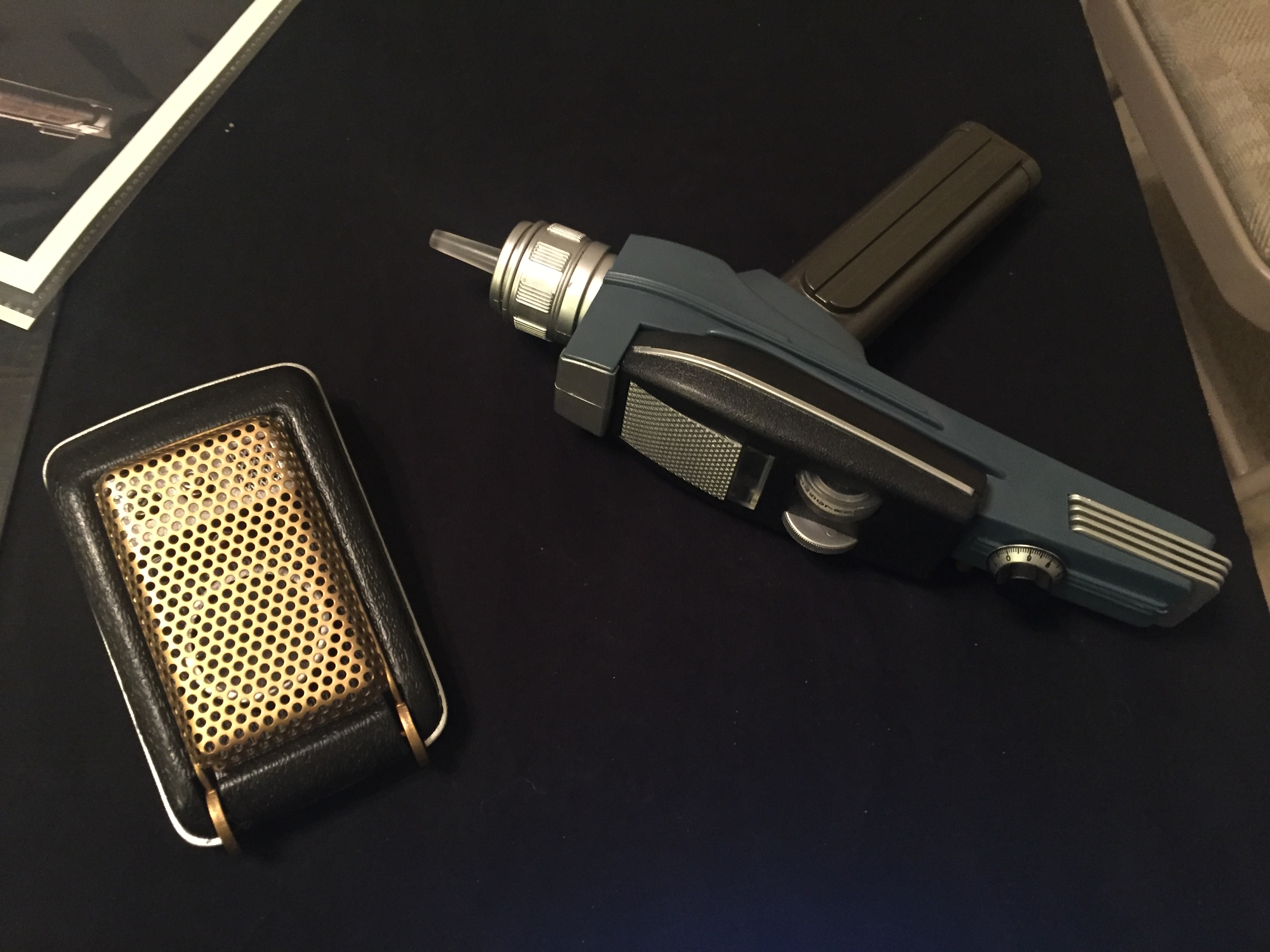
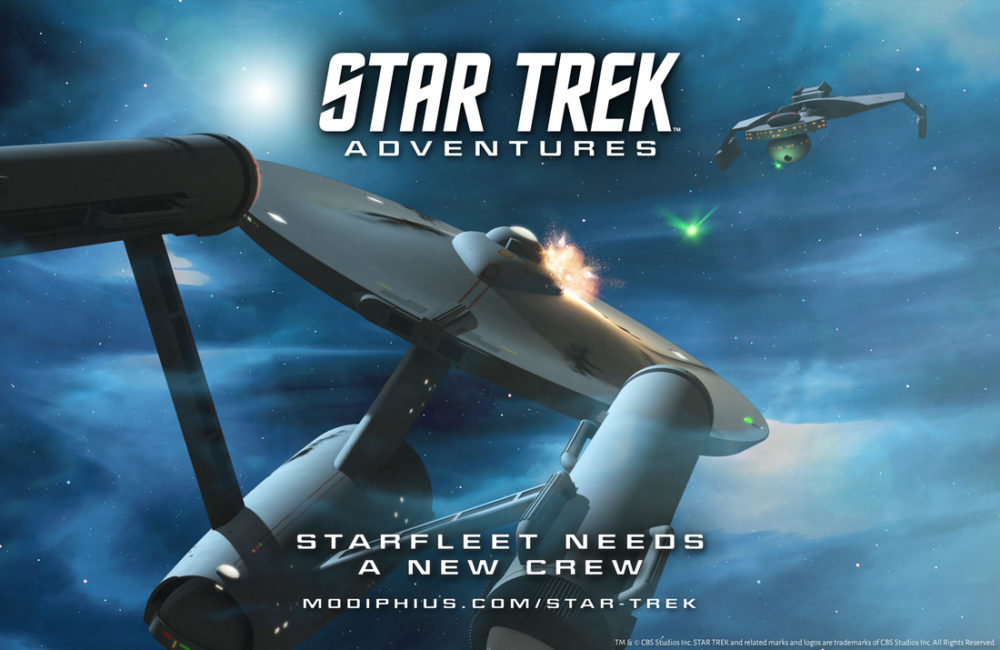




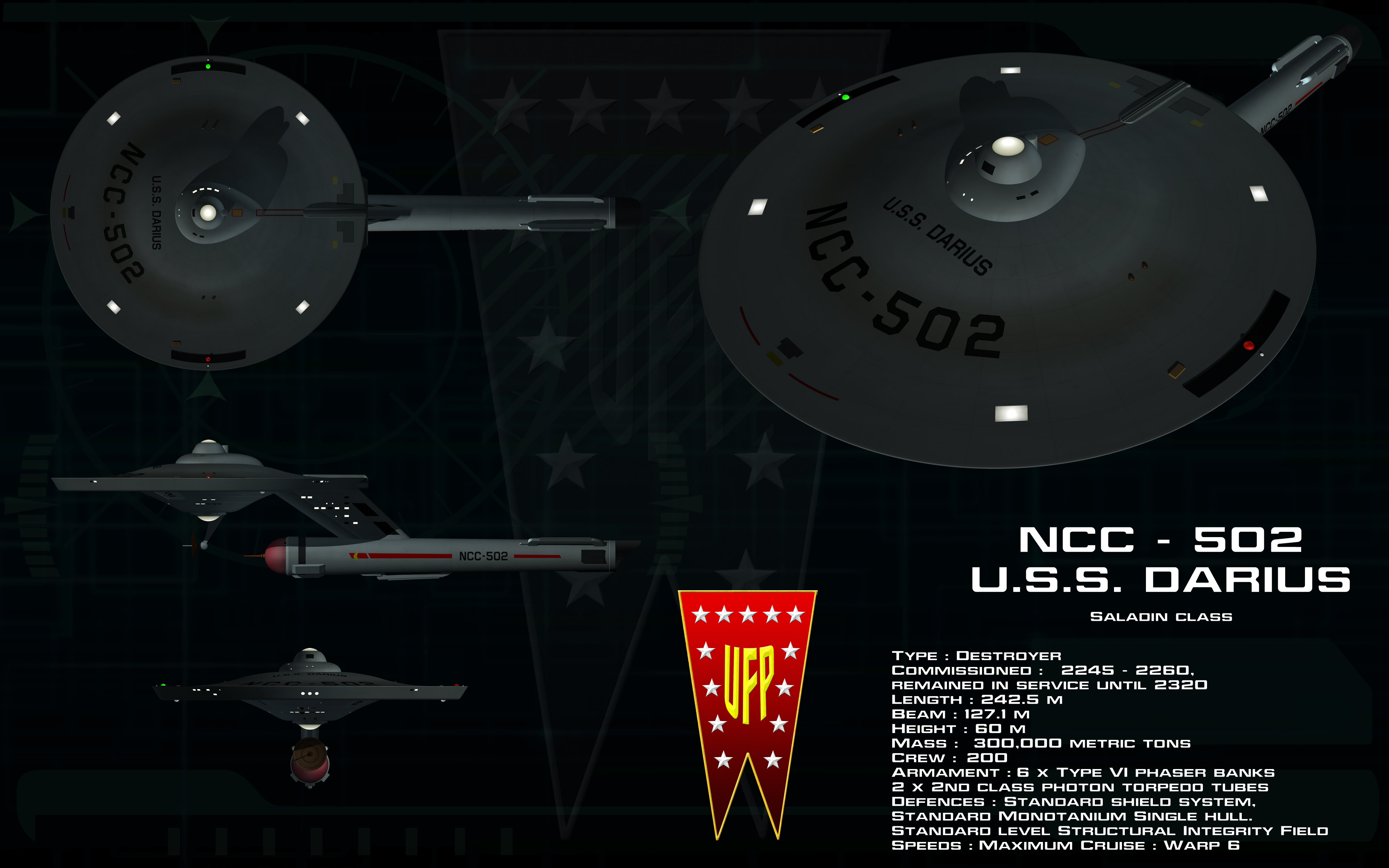
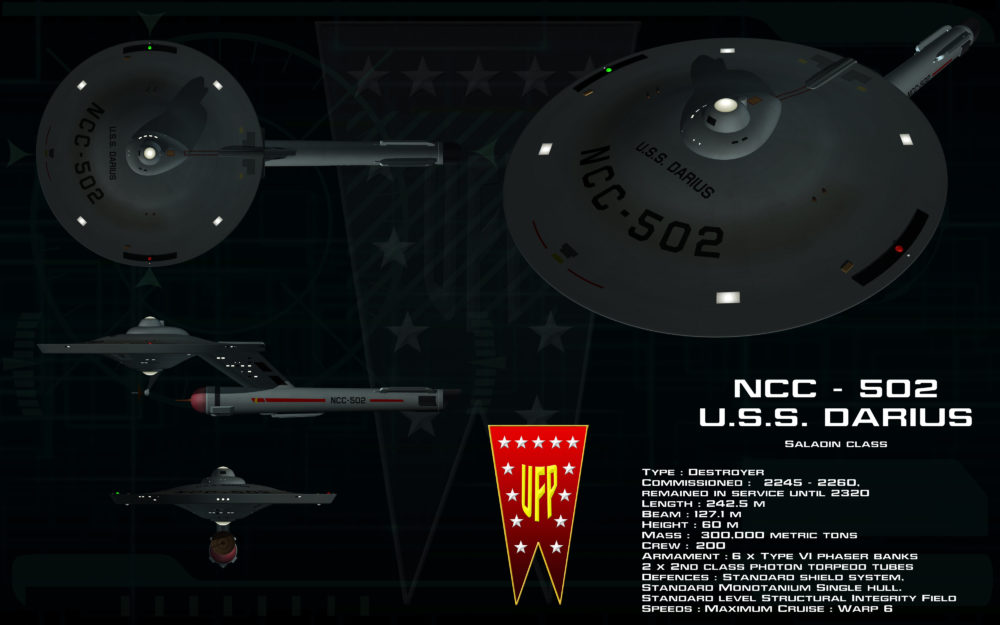

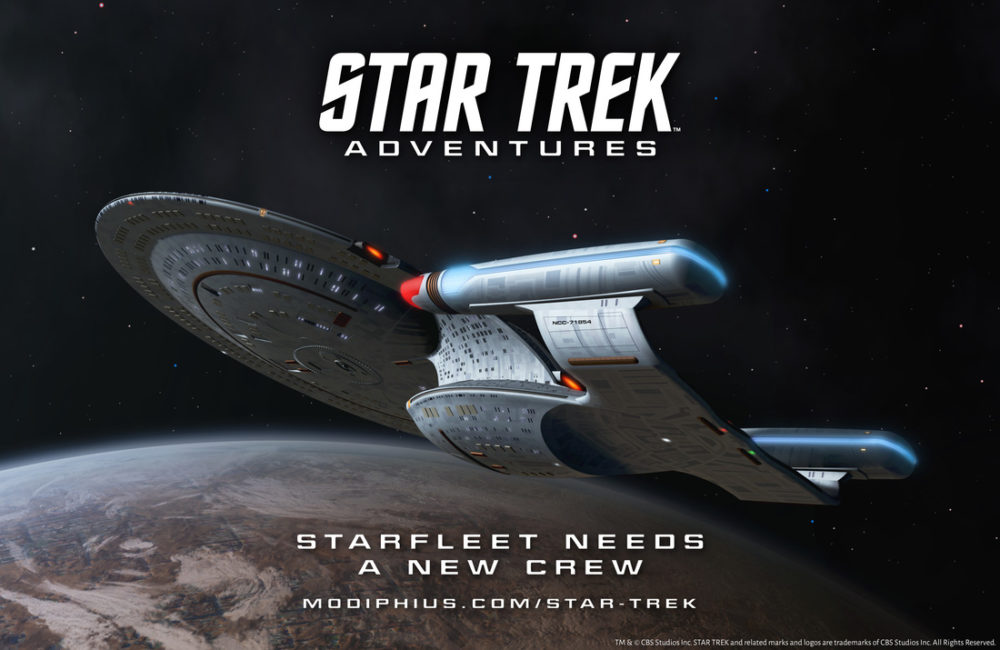



Recent Comments